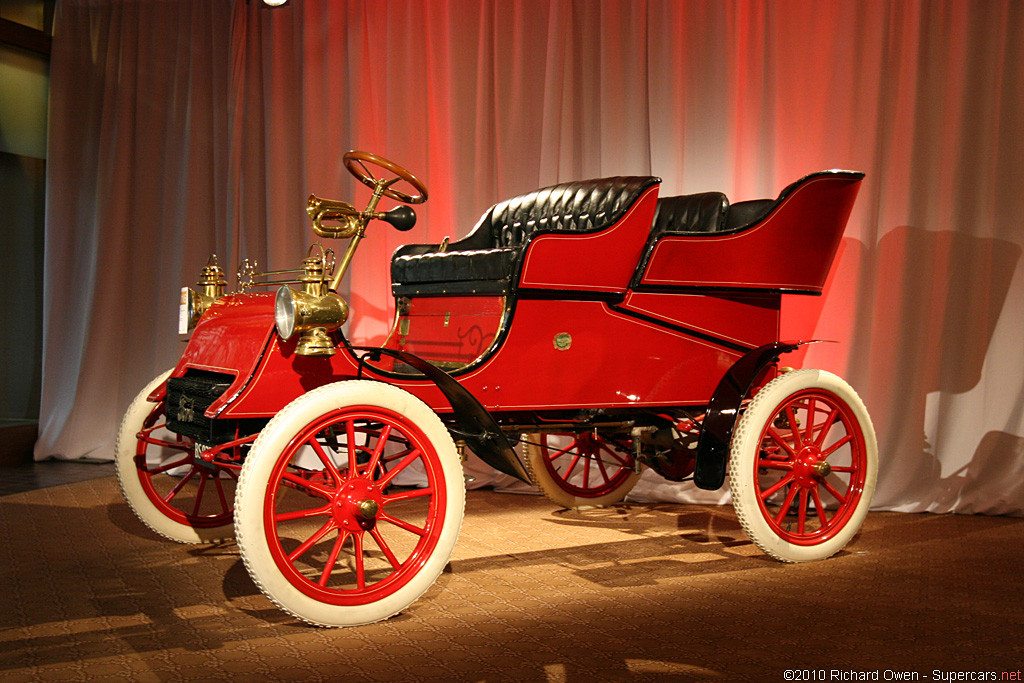
The 1903 Ford Model A holds a special place in automotive history as one of the first vehicles produced by the Ford Motor Company. It was not only the first car to bear the Ford name, but it also laid the groundwork for mass automobile production, which would later revolutionize the automotive industry.
Key Features of the 1903 Ford Model A:
- Production Year: 1903
- Engine: The Model A was powered by a 2-cylinder, 8-horsepower engine, located at the front of the car.
- Top Speed: The car could reach a top speed of about 30 miles per hour (48 km/h).
- Design: It featured an open two-seater design, with a simple, boxy body. The design was practical, with wooden spokes on the wheels and a minimalist approach that was characteristic of early cars.
- Transmission: It had a 2-speed planetary transmission, and the car was equipped with a chain drive system.
- Price: The original price was about $850, which was considered expensive at the time. However, it was a major leap forward from earlier vehicles, which were often out of reach for the average person.
Significance in Automotive History:
- Ford’s First Mass-Produced Car:
- Although the Ford Motor Company had not yet introduced assembly line production, the Model A marked the beginning of Ford’s venture into automobile manufacturing. This was Ford’s first car to be sold to the public and marked the start of what would later become one of the largest car manufacturers in the world.
- Innovation in Automobile Accessibility:
- Prior to the Ford Model A, automobiles were expensive and mostly reserved for the wealthy elite. The introduction of the Model A began to make cars more accessible to middle-class families, even though it was still a high-priced luxury at the time. It was more affordable compared to many of its competitors, like the high-end cars from other luxury brands.
- Foundation for Mass Production:
- While the Model A itself wasn’t built using the assembly line, it set the stage for Ford’s later innovations in production. Henry Ford and his team would later revolutionize the industry with the introduction of the moving assembly line in 1913, which dramatically reduced production costs and made cars affordable to a broader audience.
- Cultural Impact:
- The 1903 Ford Model A helped cement Henry Ford’s reputation as an innovator in the automotive industry. Its design and accessibility made it a symbol of early 20th-century industrial progress. It demonstrated that cars could be mass-produced, a concept that would transform society by bringing automobiles to the masses.
- Legacy:
- The Ford Model A was a precursor to future models, including the famous Model T, which would eventually be produced in vast numbers and become one of the best-selling cars of all time. The success of the Model A set Ford on the path to creating one of the most influential car companies in history.
Rarity and Collectibility:
- The 1903 Ford Model A is an extremely rare and highly collectible car today, with only a few surviving examples. It is often found in prestigious car collections and museums, as it represents the very beginning of Ford’s journey in the automotive industry.
In conclusion, the 1903 Ford Model A wasn’t just a car; it was a symbol of the beginning of a new era in transportation. Its introduction marked the beginning of Ford’s mass production revolution and helped pave the way for the development of the automobile industry as we know it today.